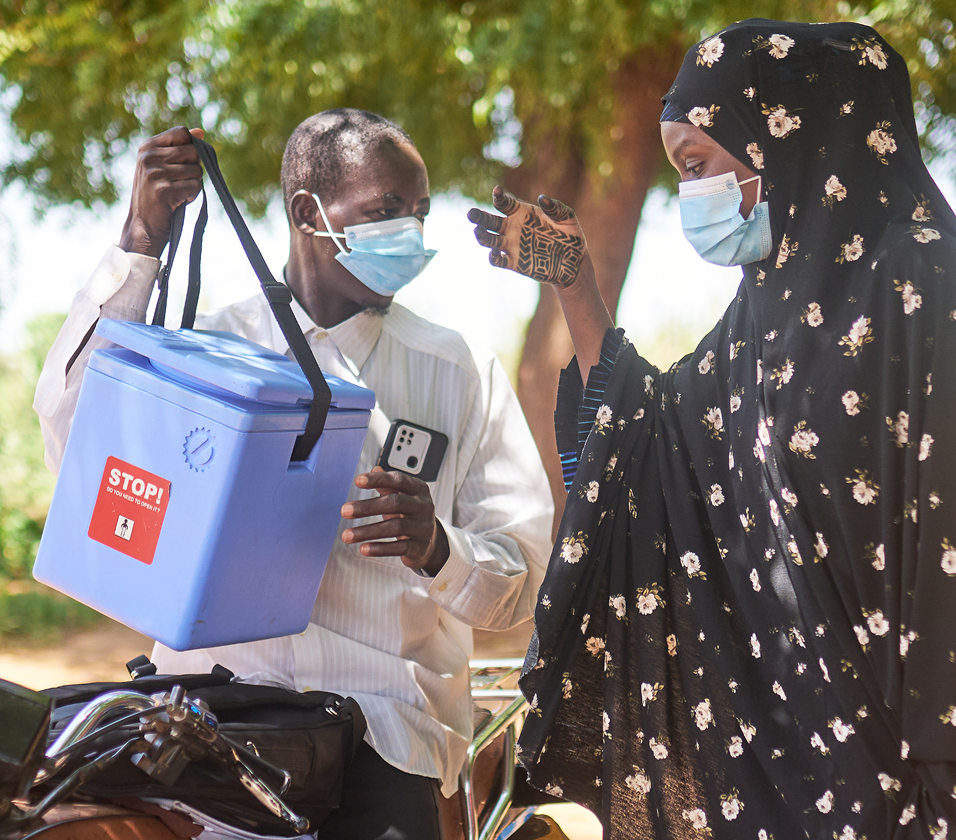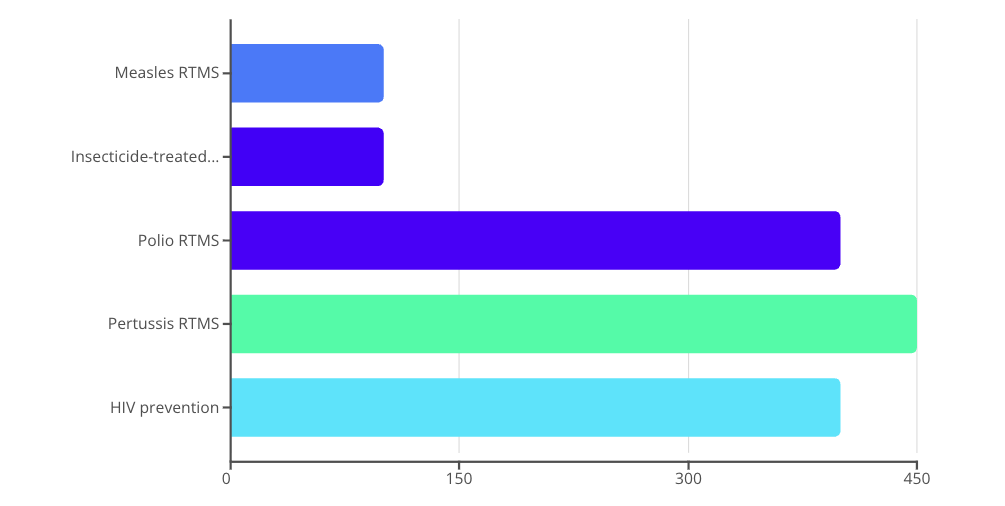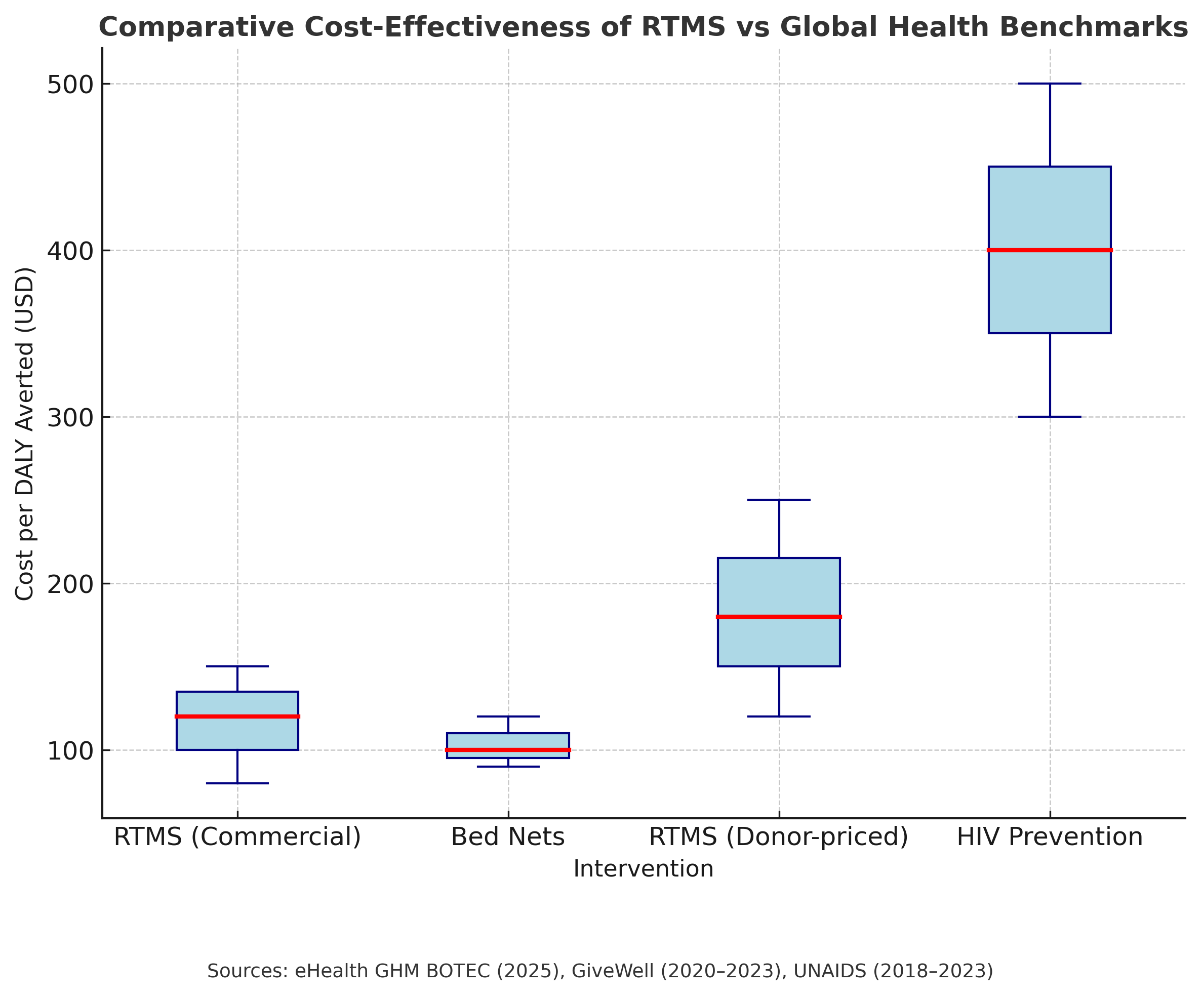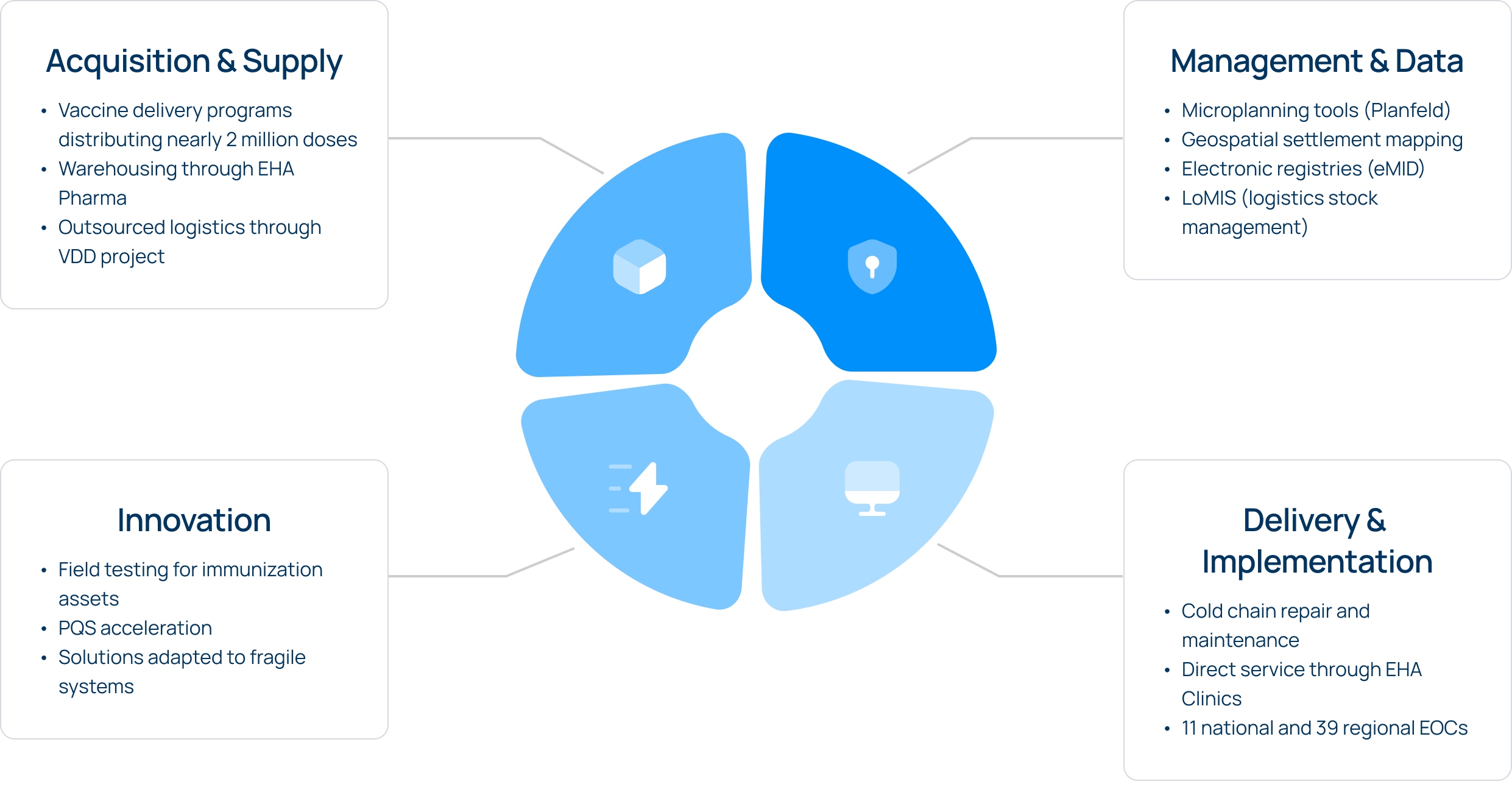Acquisition & Supply Chain
Vaccine delivery programs distributing nearly 2 million doses; warehousing through EHA Pharma; outsourced logistics through our Vaccine Direct Delivery (VDD) project.
Management & Data Systems
Advanced platforms like microplanning tools, geospatial settlement mapping, electronic registries (eMID for COVID-19), and Lumis (logistics stock management).
Delivery & Implementation
Cold chain repair and maintenance, direct service delivery through EHA Clinics, and outbreak coordination through 11 national and 39 regional Emergency Operations Centers (EOCs).
Innovation
Field testing and PQS acceleration for immunization assets, ensuring that solutions are adapted to real-world conditions in fragile systems.



